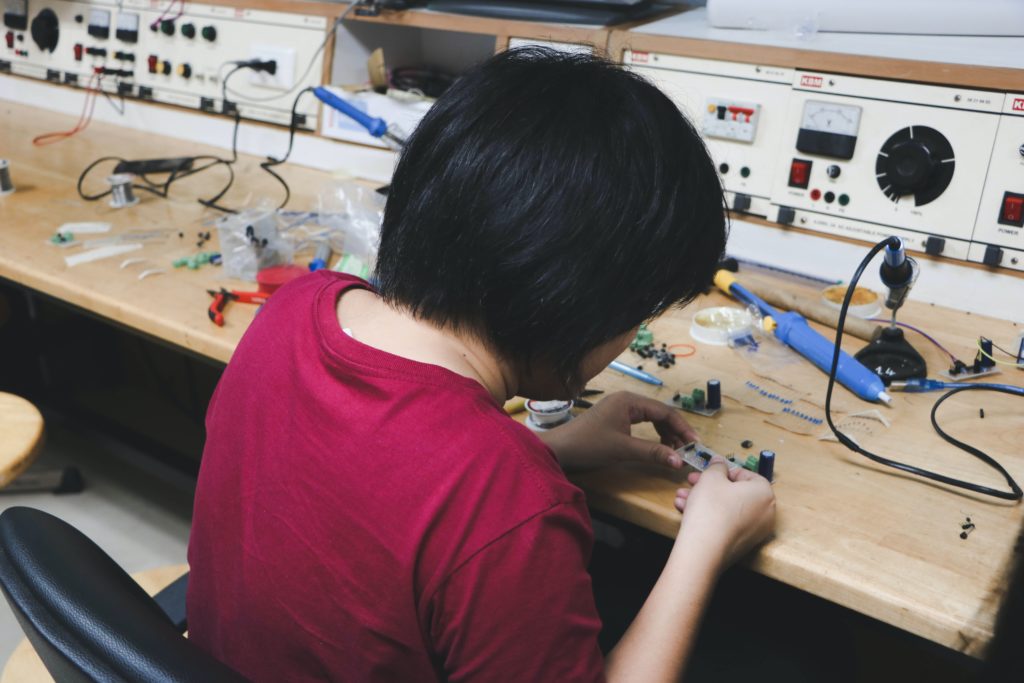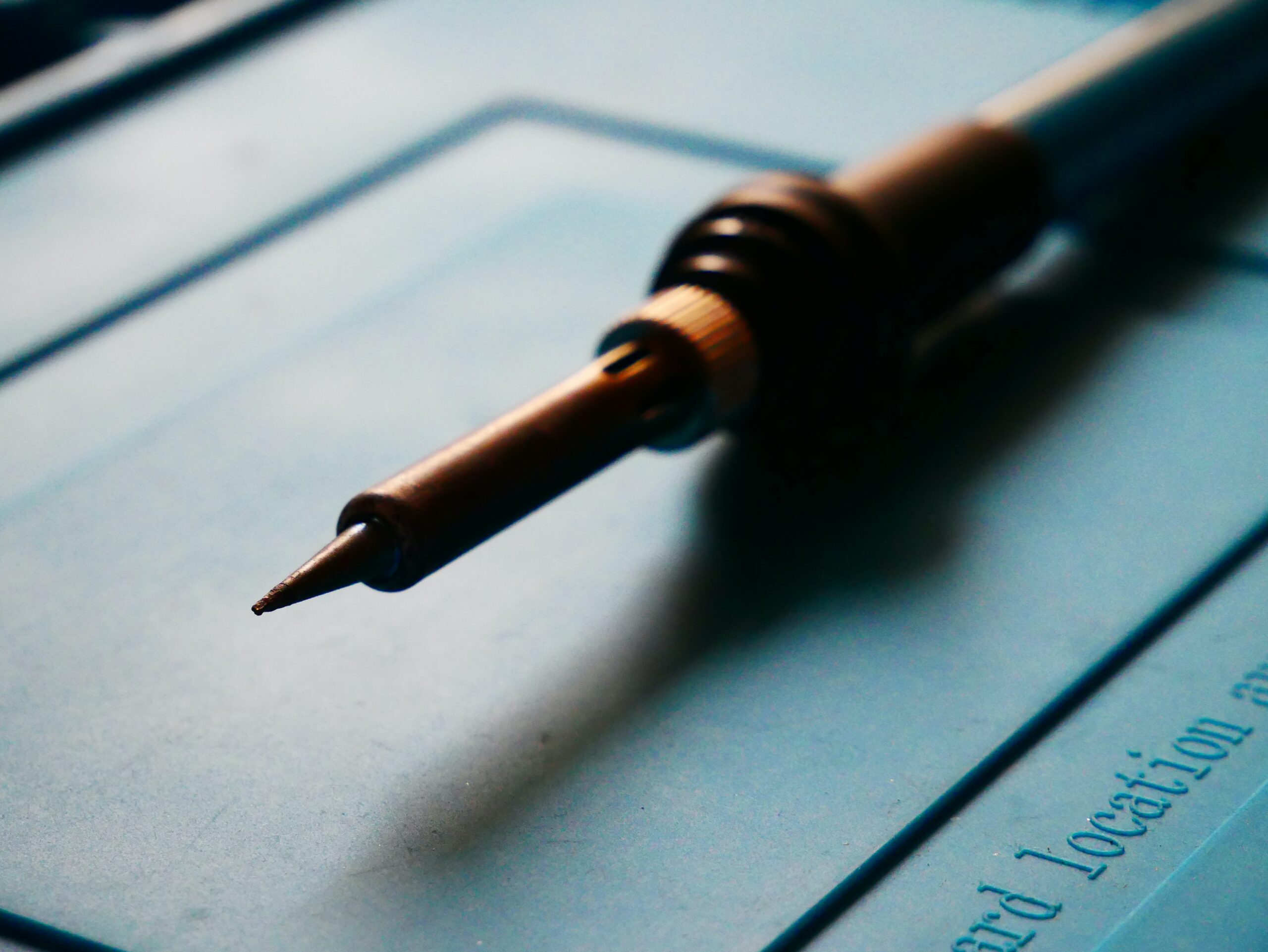Solder really does have a bad rap among electronics hobbyists as being difficult or complicated. But if you break it down, it’s not too hard to understand once you know where to start. The key is breaking things up into smaller tasks and learning one thing at a time. Here are some simple steps to learn how to solder when starting out.
Start With A Basic Solder
You don’t need much to begin; in fact, most beginners will only require a few items. First off, you should pick up a pack of flux core solder (the round ones) along with a small pair of tweezers. Fluxcore solder has been around forever, and while it may be harder than traditional lead-free solder, its worth practicing with since it’s cheap and widely available. Once you become familiar with using these tools, try experimenting with other types of solder until you find something that works best for you. Most importantly, remember that everything starts with practice. Don’t worry about making mistakes early on — they happen to everyone who learns anything new. Just keep working until you learn enough to make better decisions next time!

Make Sure Your Tools Are Clean – How to solder clean and proper
Whether you prefer to use pry tools or wire cutters, you want to avoid having any metal shavings left over from removing components before cleaning them up. This means keeping your work area clean, which also makes sure nothing gets jagged during removal. If possible, keep your workspace free of smoke and dust as well. These substances cause oxidation and tarnish your finished product.
Clean Up After Yourself
When you remove parts from circuit boards and rework projects, always wipe away traces of dirt and grime after yourself. Not doing so could leave behind unwanted residue that would reduce conductivity. Use a Q tip dipped in alcohol to quickly clean up smudges and messes without wasting valuable time scrubbing. And never touch hot surfaces barehanded unless you absolutely must do so; otherwise, you risk ruining whatever you’re holding onto.
Get Familiar With Terminology
Learning the lingo used in electrical engineering is important if you hope to advance beyond your novice status. There are lots of terms related to soldering that you might run across, such as “solder mask,” “terminal strip” and “heating zone.” All of these refer to different aspects of the process itself. Be aware of the terminology involved so you won’t end up accidentally damaging anything vital later on.
Set Up An Area For Project Assembly
Assembling electronic devices isn’t rocket science, but it can still be intimidating when dealing with unfamiliar pieces and circuitry. Take the edge off by setting aside a separate space specifically for building circuits. Keep wires neatly organized and arrange your equipment accordingly — this includes power strips, heat sinks, jump leads and test probes. Having everything laid out ahead of time helps prevent confusion and saves time in the long run.
Practice Makes Perfect – How to solder properly
Even experienced tinkerers tend to screw up every now and then, especially when trying out new ideas and procedures. To minimize damage and maximize efficiency, set up a makeshift lab where you can experiment freely and safely. Make sure you have access to electricity and water whenever needed, and clear areas nearby that aren’t likely to catch fire or explode. Also, wear safety goggles and gloves whenever required.
Once you feel comfortable handling various soldered joints, consider taking apart old appliances, TVs and computers. Many broken gadgets contain damaged cables and fragile connections that can easily be repaired rather than replaced. By disassembling existing hardware, you open up many possibilities for further customization or modification.

Keep Track Of Wires & Components
Keeping track of components and wires can sometimes feel overwhelming when assembling large systems, but it doesn’t have to be a chore. Start writing notes on scraps of paper or index cards and pinning them up near components. Alternatively, use adhesive labels to label terminals and connectors. Then simply follow the flow of current — it’ll tell you everything you need to know.
Know What You Want To Do Next
Before beginning any complex task, ask yourself why you’re doing it. Is it because you love tinkering? Or maybe you’re interested in pursuing a career in electronics design? Either way, knowing what inspired you to pursue a particular goal helps clarify your objectives. Without motivation, you’d probably give up halfway through due to boredom or frustration. Have faith in your abilities, and enjoy the journey!

Leave a Reply